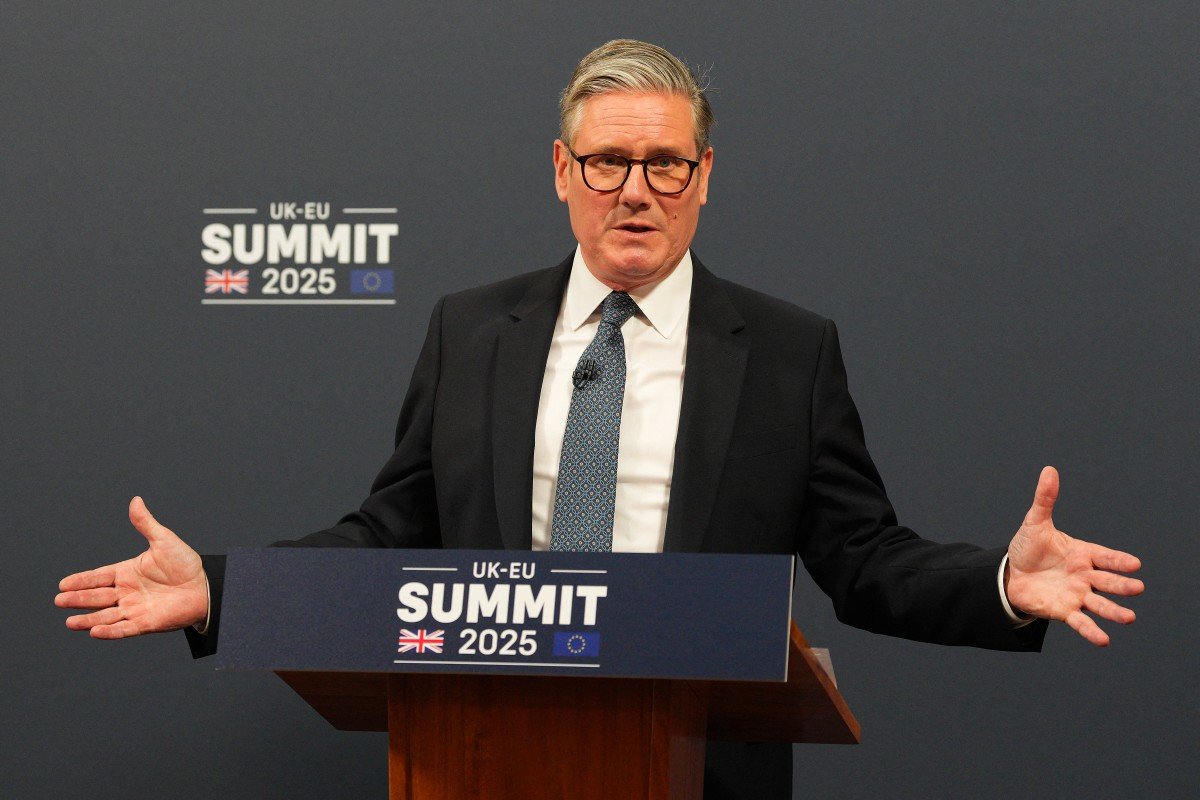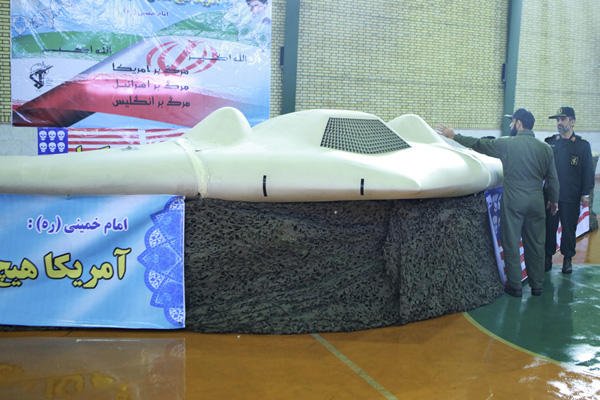The development of the next-generation F-47 fighter may have prompted some recalibration in U.S. strategy. Once reluctant to sell the F-35 Lightning II stealth fighter jets to “Tier-2” allies, Washington could open up the export of Lockheed stealth fighters to partners in the Middle East and India.
Lockheed Martin CEO Jim Taiclet recently revealed some key details about the F-35 ‘fifth-generation plus’ aircraft at Bernstein’s Strategic Decisions Conference on May 28.
The CEO stated that an upgraded “fifth-generation plus” variant will feature new stealth coatings and a redesigned aircraft, potentially paving the way for making the fighter optionally manned.
This upgrade is Lockheed’s master plan to devote resources to upgrade its flagship F-35 Lightning II stealth fighter to lure the Pentagon with a much cheaper substitute to the sixth-generation fighter, after it lost the Next-Generation Air Dominance contract (NGAD) to Boeing.
Lockheed will likely incorporate technologies it developed for NGAD, including new radar and infrared-absorbing stealth coatings, advanced electronic warfare systems, enhanced networking capabilities, and autonomy software, into the F-35. These are significant details, indicating that the manufacturer has made elaborate plans for a comeback after the NGAD setback.
Additionally, Taiclet likely hinted that the US could export the F-35 to key Gulf Arab allies, including Saudi Arabia, the United Arab Emirates, and Qatar.
Now, “in air superiority, there’s a discussion about a path to fifth generation in Saudi Arabia,” Taiclet said. “There’ll be multiple steps in that. It could take some time, but I think if we can work with Saudi Arabia, Qatar, and the UAE on really bolstering their air superiority capabilities and their integrated air and defense capabilities … there will be a significant opportunity for the company along those lines, and a few others too.”
He did not categorically refer to the F-35 while making this statement, leaving room for ambiguity. It appears unlikely that he is referring to F-16 Block 70/72, which another Gulf country, Bahrain, has already acquired.
F-35 For Tier-2 Allies?
Taiclet’s assertion about providing air superiority to Saudi Arabia, Qatar, and the UAE comes days after Donald Trump wrapped up a three-nation tour to these three countries, inking investment deals worth over US$2 trillion.
Commending the success of the trip, the White House said: “President Donald J. Trump’s first official trip was a huge success, locking in over $2 trillion in great deals—including a $600 billion investment commitment from Saudi Arabia, a $1.2 trillion economic exchange agreement with Qatar, $243.5 billion in U.S.-Qatar commercial and defense deals, and $200 billion in U.S.-United Arab Emirates commercial deals.”
Despite this, the mention of the F-35 remained conspicuously missing from all official statements. Nonetheless, a Reuters report at the time stated that Saudi Arabian officials had discussed the possibility of purchasing F-35s with their American counterparts.
The denial of the F-35 can be attributed to multiple factors, including the Saudi administration’s questionable human rights record and the growing closeness of the Emirati kingdom (UAE) to China, which could lead to the compromise of sensitive technology.
However, the US obligation towards Israel has undoubtedly been the biggest roadblock against the sale of F-35 to these “Ties-2” allies.

The US and Israel have a long-standing agreement that states US military equipment supplied to Israel must be “superior in capability” as compared to that sold to Israel’s neighbors. This means that the US weapons sales in the Middle Eastern region cannot jeopardize Israel’s “qualitative military edge.”
Currently, Israel is the only operator of the F-35s in the entire Middle East.
Citing an anonymous source, the Reuters report stated, “It was not clear if Washington would permit the kingdom to move forward with a purchase that would give Saudi Arabia an advanced weapon used by close U.S. ally Israel.”
The Lockheed CEO also discussed the possibility of selling the F-35 to India and raised the prospect of selling the F-21, a highly sophisticated derivative of the F-16.
“I think the F-16 also has strong legs, if you will, and more and increasing interest as we go forward from several countries that aren’t quite ready for F-35,” Taiclet said. There are “some countries that could see F-21 or F-16, for India, for example, as a stepping stone to F-35.”
Taiclet, on his part, did not elaborate on what he meant by India not being ready for the F-35. The aircraft was first verbally offered to India by President Trump in February 2025. Later, the offer was reiterated by Vice President J.D. Vance during his visit to India in April.
In general, the sale of the F-35 is subject to rigorous U.S. export controls under the Arms Export Control Act, which requires approval from the State Department, the Pentagon, and often Congress. The White House maintains strict policies regarding technology transfers, regional stability, or the internal politics of the potential recipient state, all to safeguard its sensitive technology.
The F-35, for one, is outfitted with extremely sophisticated equipment, including electronic warfare systems, sensor fusion, and stealth capabilities.
The reason behind the US hesitation has been simple: sharing it with other countries could put sensitive technology at risk of being accessible to enemies, particularly if the recipient country has connections to countries like China or Russia, who would try to exploit or reverse-engineer the technology.
Nonetheless, Taiclet’s statement could be interpreted as one suggesting that Trump is finally opening up to the idea of exporting the F-35. For India, it appears that the U.S. wants to sell a combination of F-21s and F-35s.
F-47 Easing F-35 Export?
The US may be opening up F-35 exports because it is no longer the exclusive holder of fifth-generation stealth technology. Russia has developed the Su-57 while China operates nearly 300 J-20 fighters and is pitching J-35A to key allies. In fact, both countries are now banking on the US’s reluctance to sell the F-35 to promote their own aircraft as a better alternative in the export market.
Donald Trump awarded the contract for a sixth-generation combat jet, named F-47, to Boeing in March 2025. According to an infographic recently posted by the US Air Force (USAF) Chief of Staff, Gen. David Alvin on X, the F-47 will become operational between 2025 to 2029, before the end of Trump’s presidential term.

While this timeline has been flagged as aspirational by experts, considering the complexity associated with a sixth-generation platform and the maturation of technology, the USAF leadership remains optimistic. The infographic also stated that more than 185 F-47s are currently planned for the US Air Force.
Thus, with the F-47’s induction by 2029, the F-35 will not be the most advanced stealth fighter in the US inventory.
Trump has already hinted at exporting the “toned-down” fighters to key allies.
“Our allies are calling constantly, they want to buy them all,” he said at a press briefing, before claiming that America’s allies would get “toned-down versions.” “We like to tone them down about 10 percent, which probably makes sense because someday maybe they’re not our allies, right?” the president said in March.
As recently reported by EurAsian Times, Trump may have pitched F-47 fighters to Japan.







